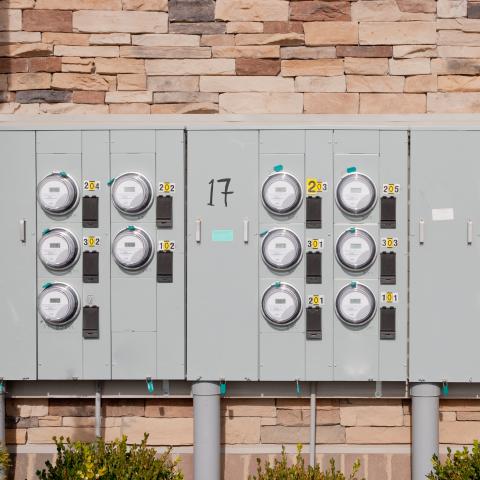Highly Charged: An Explainer on California’s Income-Graduated Fixed Charge Debate

The urgent challenge of climate change and the growth of new distributed energy resources has disrupted the electricity sector, creating space for new stakeholders and new visions. But these debates over the energy transition are playing out against a cost-of-living crisis in California. The soaring costs of our electric power system are compounding this broader cost-of-living strain and burdening a substantial number of low- and middle-income customers. So, how can policymakers work toward the state’s climate goals and prioritize equity?
Contested visions for the future of the electric power system sit at the center of the debates over how California should distribute its costs, which rate design will best support greenhouse gas emission reductions, and how the state can ensure reliable electricity service as essential electrification efforts increase strain on the grid. This paper analyzes how these contested visions interact with the material interests of major stakeholders and with the tools of electricity rate design to shape stakeholder positions in the income-graduated fixed charge debate.
To date, the public debate over the income-graduated fixed has lacked some important context and nuance. This policy paper seeks to add that context and then make several recommendations for research institutions, the CPUC, California lawmakers, and journalists interested in covering this critical issue.
Note: An earlier version of this paper incorrectly included figures for natural gas revenue requirements on page 8. The paper has been updated to include figures for the electric utilities’ total system rate breakdown instead.